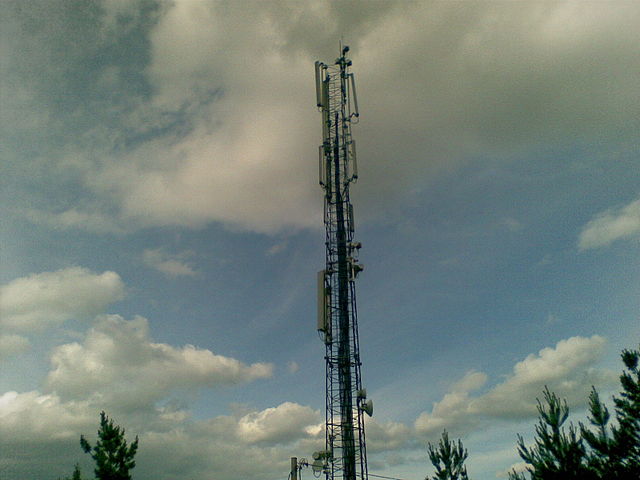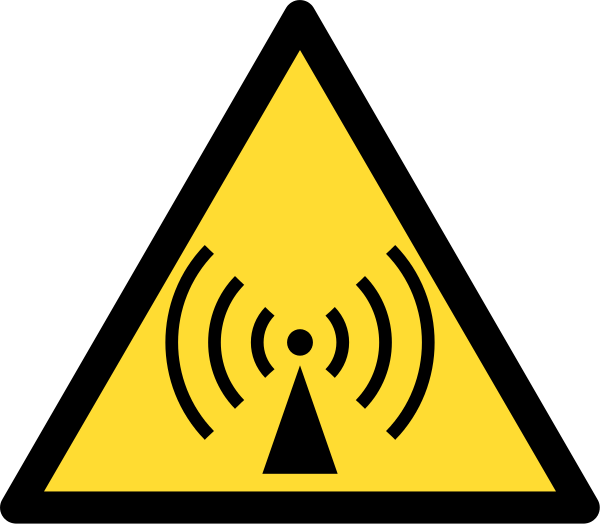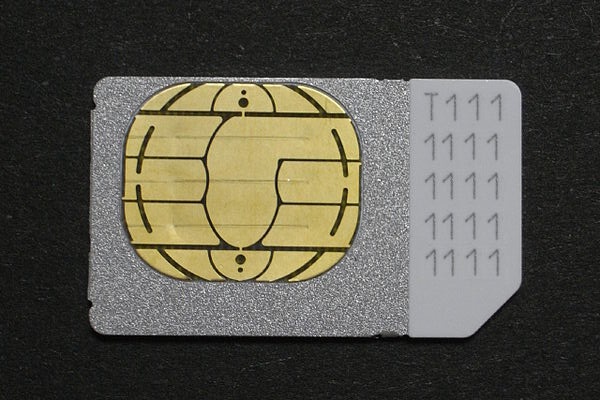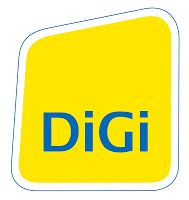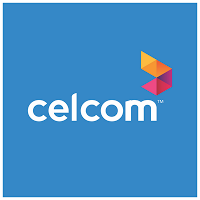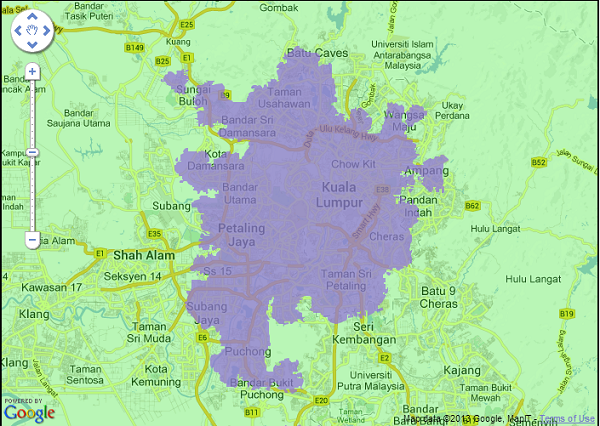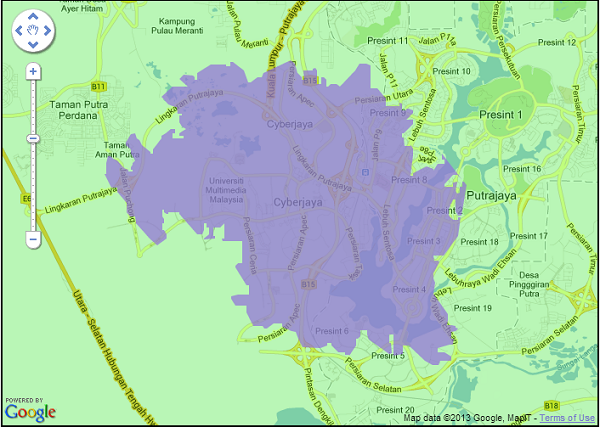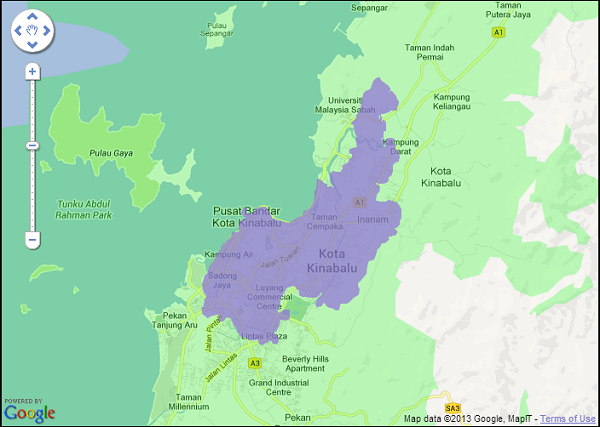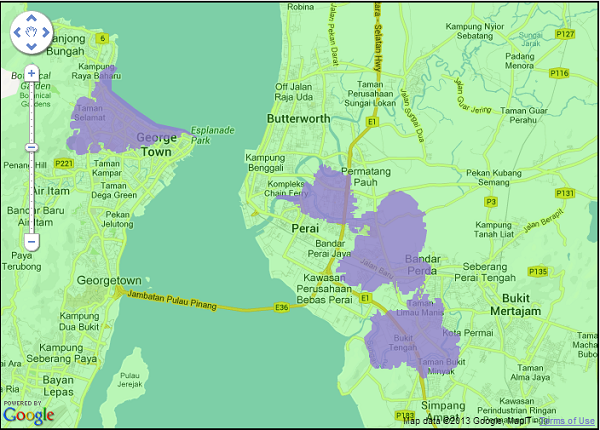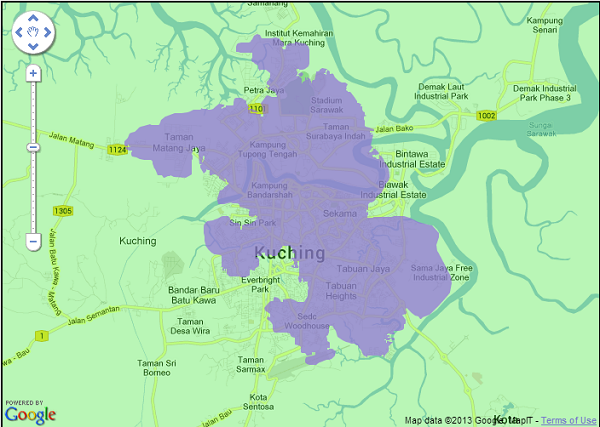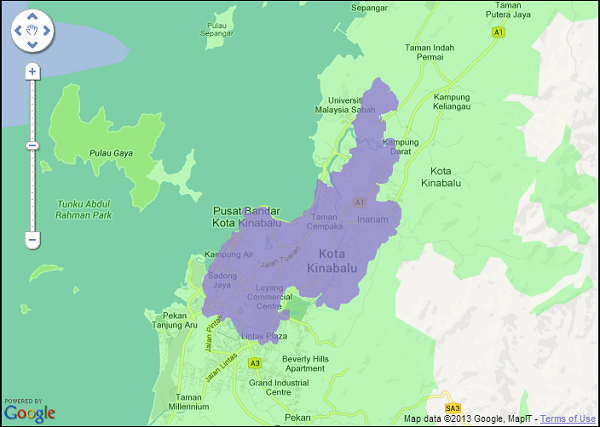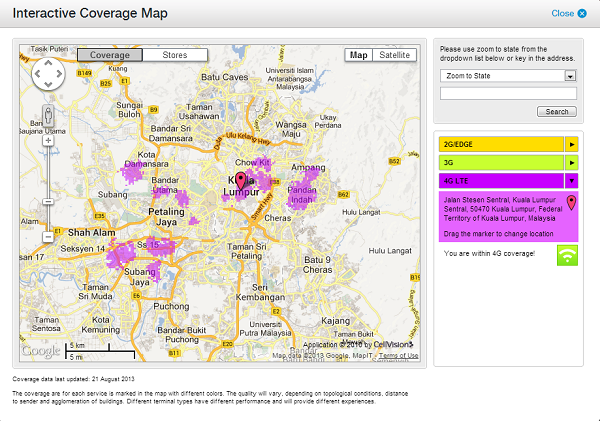Local telcos have begun to roll out LTE plans for the mass market, and many top of the line phones are LTE compatible. Which is all great, but what exactly is LTE? Our regular readers might be a little more informed than the average consumer, and don’t really need to be told any of this. But it would be nice to have a reference for everyone else.
Continues after the break
Modern digital cellular communications begin in the era of 2G, which is the standard after the original analogue signal standards. GPRS and EDGE are both 2G communications, which allows for faster data connections. Some of us will remember when GPRS started arriving and we could finally get a decent email connection on our phones.
Third generation standards are referred to as 3G, which is the current standard for most mobile communications. It’s a little complicated at this point because 3G GSM is actually CDMA technology (the alternative to GSM) called WCDMA. But that’s still a little more than the average consumer needs to know. You won’t miss much by skipping this paragraph, although it might be a little late to tell you that.
LTE, which is an acronym for Long Term Evolution, is one of the first steps into 4G territory. It promises download speeds of up to 100Mbps, which is exactly what it looks like. Just keep in mind that no network ever hits the maximum theoretical speed. Most telcos advertise their speeds as being 10 times faster than their current offerings.
How Do You Get LTE?
So, how does one get in on the action? It’s a little complicated. A situation that isn’t helped by local telcos providing confusing plans. There are currently four active providers of 4G LTE in the country. Maxis, DiGi, Celcom and Altel. That last one doesn’t sound familiar because it’s extremely new, and nobody really knows what the deal is there. It’s included in the list for the sake of being inclusive of everyone.
Maxis – Doesn’t actually have any separate LTE plans. Everything is included in the existing structure. As long as you subscribe to a data plan, you have already signed up for LTE. All you need to do is get an LTE capable phone and camp out somewhere that is covered by the service.
DiGi – LTE on DiGi is restricted to mobile broadband and tablets. In other words, you can either get an extra SIM for your tablet or carry an extra modem around. Fortunately, you don’t have to sign up for a new plan if you don’t want to. DiGi allows for LTE on demand, where you can pay a little extra to get the speed when you need it. This is important because they don’t offer many LTE plans to begin with.
Celcom – LTE from this provider is only available from a mobile broadband plan. Like DiGi, this also connects using a USB modem, so you will need a computer to use it. They advertise many of their phone contracts as being LTE capable. Which isn’t wrong, just a little misleading because they don’t come with LTE plans.
[edit] Our readers have pointed out that Celcom does have LTE plans, but it’s a little difficult to find. It’s similar to Maxis in that all you need is a new SIM card.
Covering The Lands In LTE
Rolling out LTE coverage is still going slow; and most of it is concentrated in the Klang Valley. Particularly KL and PJ. Anyone who spends a lot of time outside the covered areas should just wait until the network expands. We’ve just provided the maps to make it easier to figure out.
Maxis (source)
DiGi (source)
Celcom
[No maps available]
They are no maps from celcom, only a ridiculously specific list of places that are covered. You can manually check the areas here.
One Last Thing
LTE isn’t the only 4G service available. Both P1 and Yes offer WiMAX, which is the other high speed mobile broadband technology. Neither really offers a smartphone plan, but Yes does have a couple of their own smartphones equipped with 4G. WiMAX does have better coverage at the moment, but LTE will eventually catch up within the next few years.
So is it worth getting into LTE now?
If you happen to live in a covered area, then why not? Internet usage is only increasing, and it won’t hurt to get ahead of the curve. Apps like Vine and Instagram benefit from being able to upload your content faster. Plus, it becomes easier to back up files to cloud storage. Anyone investing in Nokia’s upcoming Lumia 1020 will definitely be grateful for a faster connection to upload those 42 Megapixel pictures to Facebook.
Follow us on Instagram, Facebook, Twitter or Telegram for more updates and breaking news.


